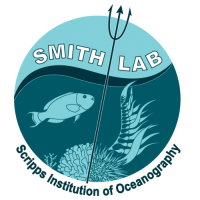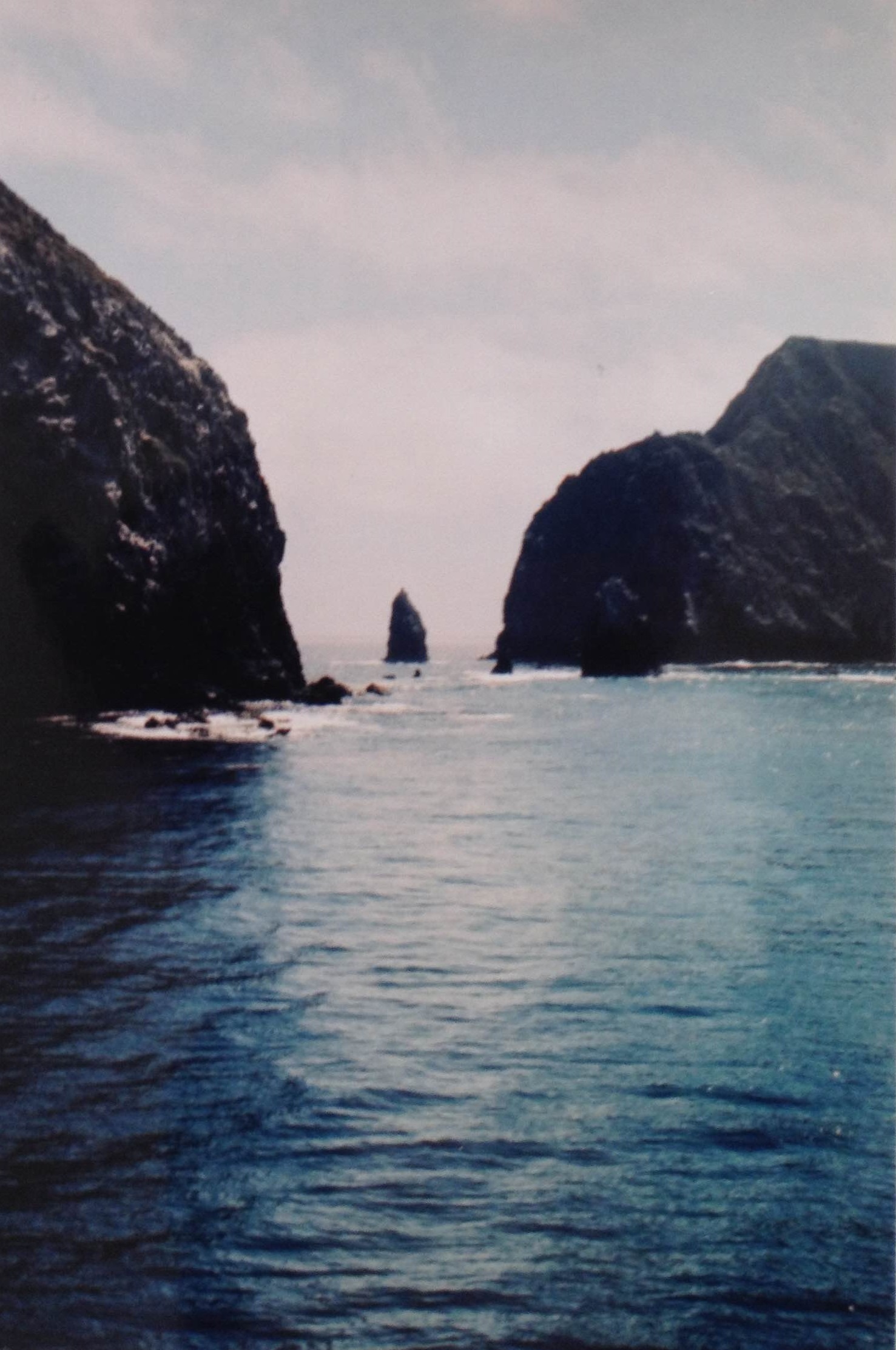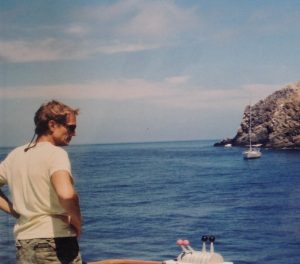By Niko Kaplanis
In a recent collaboration with the Paul Jensen Lab here at Scripps, I travelled to the Northern Channel Islands to assist with collections for their research. The Jensen lab focuses on microbial distributions and interactions with marine plants and invertebrates as well as sequence-based approaches to the discovery of natural products from marine microbes. Our objective for the trip was to collect and identify as many algae and invertebrates as possible. The microbial communities growing in association with these samples were then to be processed and their genes searched for sequences which encode for the production of novel compounds.
My experience with local marine algal species — accrued from field work for my invasive algal project and through serving as a TA for Jen’s phycology lab– earned me the title of seaweed identification expert for the trip, and I was put in charge of collecting and identifying algae. The recent discovery of invasive Sargassum horneri on Santa Cruz Island in 2012 provided a second personal objective for the trip — to add our collection sites to the list of locations where invasive algae had been searched for in the islands. We were specifically looking for this invasive alga also because a recently collected sample of this species from Catalina turned up a genetic sequence which encoded for the production of polybrominated diphenyl ethers or PBDEs. These chemical compounds are typically anthropogenically produced for use in industrial flame retardants, but this discovery suggested that microbial communities potentially growing specifically with this species could be a natural source. These compounds are known to bioaccumulate in both humans and marine mammals and to cause adverse health effects, specifically reducing fertility and having hormone-disrupting effects on estrogen and thyroid hormones. As such, identifying natural sources of these compounds is an active and important area of research.
Our trip began in Santa Barbara Harbor where we loaded our gear onto the Conception, a dive boat operated by the dive charter company Truth Aquatics. Motoring overnight through the rough seas of the Santa Barbara Channel put us at San Miguel Island, the westernmost island in the chain. Through the course of the next four days we would travel east, diving the leeward side of every island in the chain, ending in Anacapa Island.
The diving in the Northern Channel Islands proved to be remarkable, with many marine reserves harboring healthy kelp forests home to a diverse array of invertebrate, fish, and algal species. We were also blessed with abnormally warm water and calm seas, producing a feeling that we were diving an area more akin to the tropics than the California coast. Collections went smoothly, and we were able to collect and identify roughly a dozen unique algae at each site. Interestingly, Sargassum horneri only occurred at Anacapa Island, an area where it had not been previously documented. Whether these samples will produce sequences for novel compounds is not yet known, though the processing of these samples will soon give us an answer. Contributing to this project was a blessing, and I feel very lucky to have been a part of it, and to have been able to nurture a collaboration within our diverse institution.




